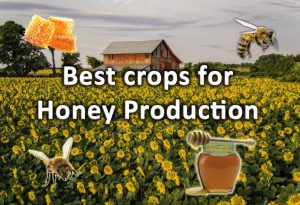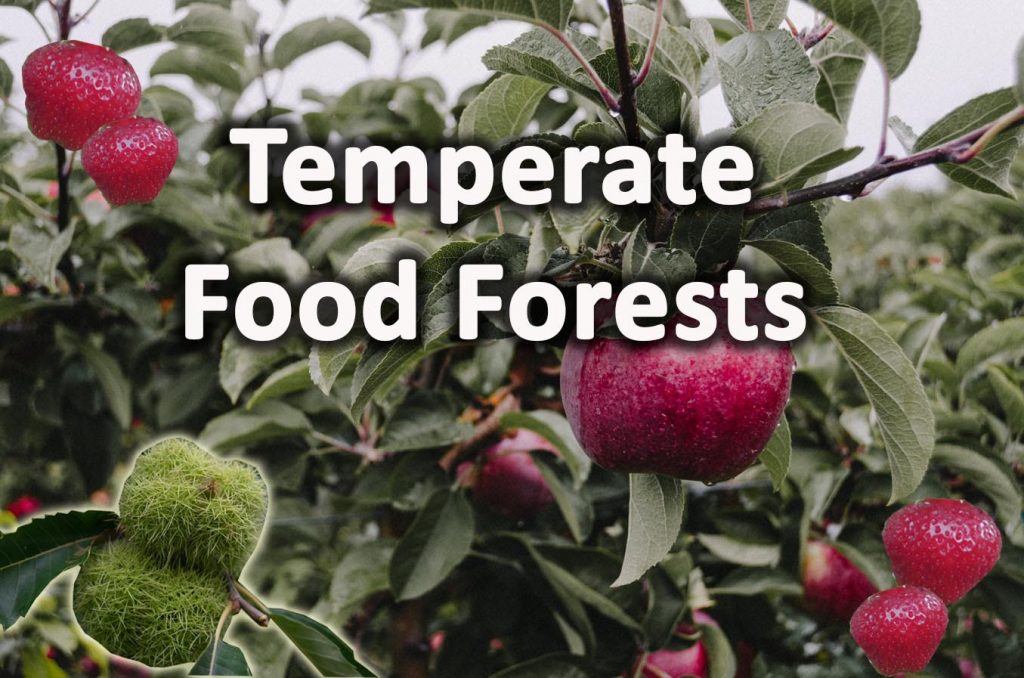In the future producing food crops without the need for fossil fuels will become a vital necessity. Governments are beginning to acknowledge that planting more trees will be essential for halting climate change.
The conundrum which presents itself therefore is how do you have enough room to do both? A popular contemporary concept for politicians is a ‘green revolution’ or a ‘green economy’.
Manifestos now include topics such as re-wilding and green infrastructure but what does this all really mean? Perhaps it means central planners are realising there is only one real way to halt the climate crisis.
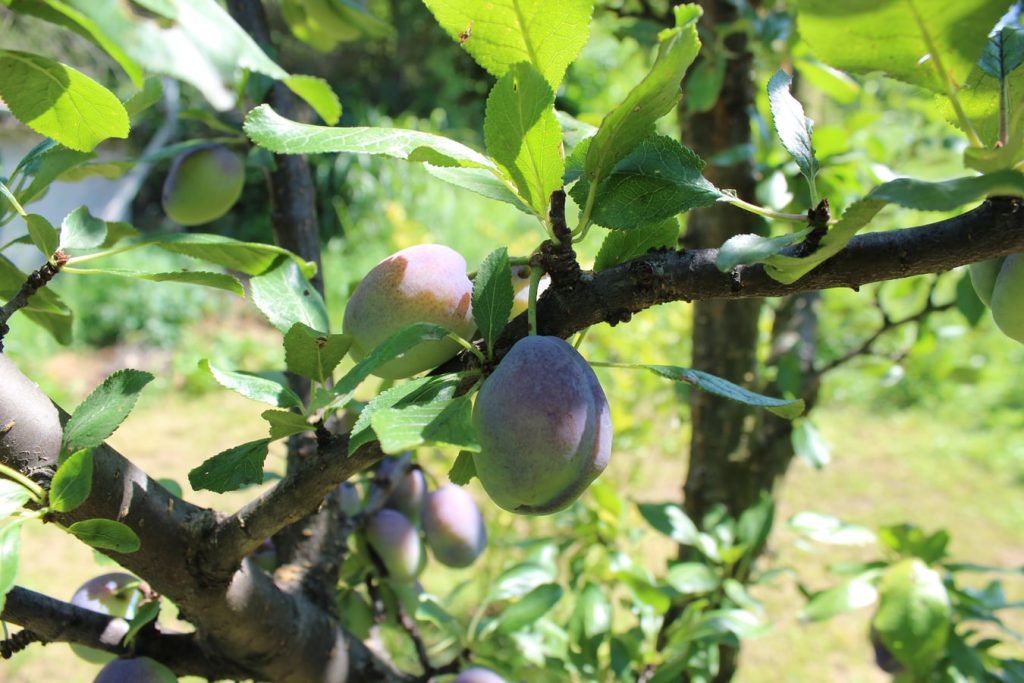
Land use and land management holds the key to reversing the problems that mankind has created. Habitat creation and reforesting has the potential to reduce flooding, boost biodiversity and sequester carbon all at the same time.
The question is how do you engage in habitat restoration and reforesting and still use the land to produce food? How can you produce crops without the need for ploughing and synthetic fertilisers?
The latter of which are both completely reliant on oil! Food forests could hold the key to systematically combining both food production and ecological restoration. The successful combination of these two elements would certainly lead to a reverse in climate change.
What is a food forest?
Food forests or ‘agro-forestry’ is a concept whereby you produce food crops from forest agriculture. The basic concept is planting a forest of edible crops which collects the suns light within varying canopies.
This is how natural woodlands collect solar energy for photosynthesis. The system is designed to incorporate nut trees, fruits, tubers, fungi and perennial vegetables.
Once established this allows for reoccurring annual harvests from the forest ecosystem. An ecosystem which requires virtually no energy input and also becomes alive with biodiversity.
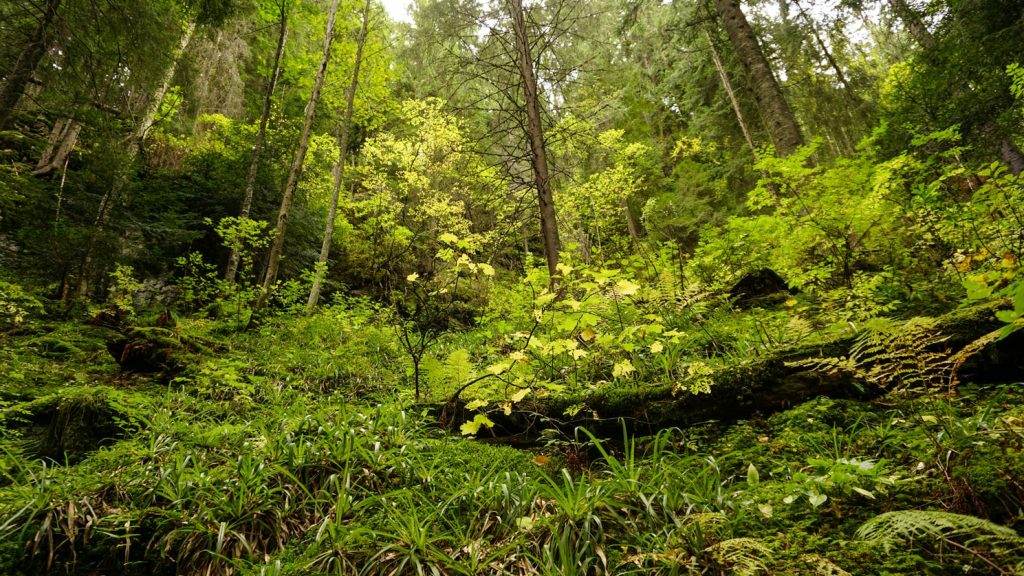
The fundamental core of all food forests is building healthy soil ecology. This allows for a combination of microorganisms to regulate fertility within the soil as they do in nature.
This stimulates natural recycling within the system and allows it to be a productive environment. Instead of producing staple amounts of carbohydrate food forests provide a denser nutrient base. The most energy rich harvests would come from nut crops which are high in essential, omega 3 fatty acids.
Harvesting the suns energy
The only way to be truly self sufficient in food and energy is by consuming the suns energy of today. This means not excavating stored solar energy in the form of fossil fuels.
Every human being has an ‘ecological footprint’. This is a measurement of land it takes to support your existence based on your lifestyle. Variability in your footprint will depend on how much energy you use, your diet and your day to day resource consumption.
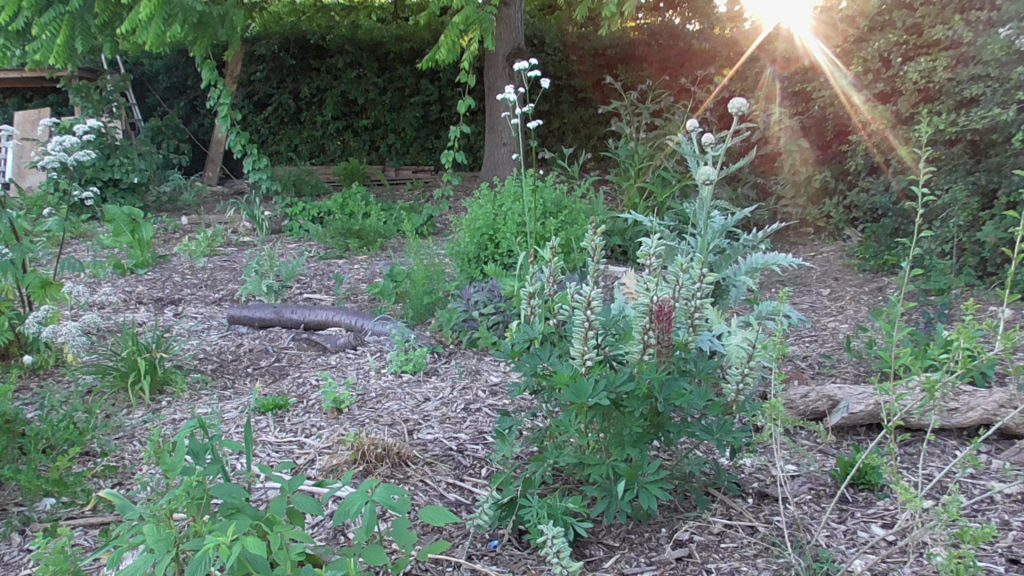
This is a very important concept and one which most people and world leaders don’t seem to grasp. Nobody is separated from the global ecosystem, humans are not separate! We have simply loaded our biological cost or load onto lands far away.
Land such as the extensive soya bean fields or palm oil plantations where rainforest used to sit. All as we watch David Attenborough on a Sunday night eating roast beef with 20 electrical devices on charge! What most people don’t understand is our current way of live is completely unsustainable.
Can food forests stop climate change?
In order to be completely self sufficient and stop climate change we must be responsible for our own footprint. This means producing all our energy needs and food from a local portion of ‘productive land’. The exact amount of land a person would need would depend on your diet and lifestyle. To get a better and more intensive idea of this read my article on: How much land does it take to be self sufficient.
But a general guide for a rural village life with a vegetarian diet would be around 2 acres per person. But this would require daily input into the land and knowledge of self sufficient farming techniques.
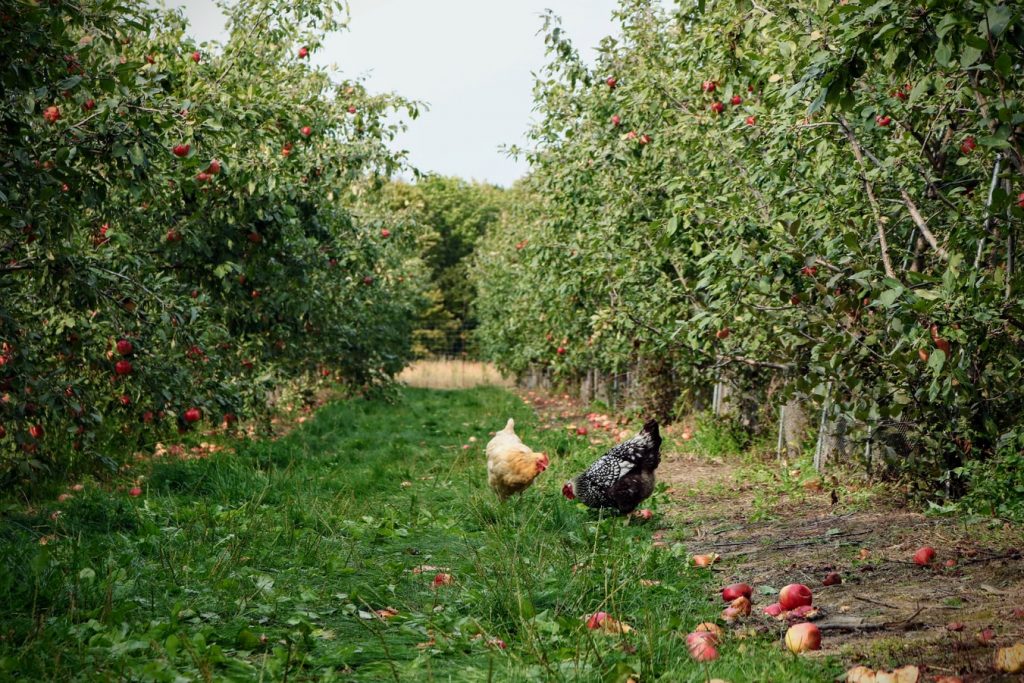
It has been put forward that food forests and agro-forestry systems can feed up to 10 people and acre. This is directly due to replicating the way a forest naturally harvests sunlight.
Various woodland canopies allow for stacking of crops vertically as they do in nature. Hence you are able to produce more food in one area compared to conventional agriculture. This makes sense as woodlands are nature’s way of reaching a low energy input and high biodiversity outcome. Food forests also lock up atmospheric carbon, create wildlife habitats, develop soil ecology and produce fuel.
Scepticism of temperate climate food forests
Food forests have received quite a lot of scepticism with temperate food forests particularly in the firing line for criticism. Some critics acknowledge that forests systems can be productive but ‘will never feed the planet’ this is due to the inability for mechanisation to efficiently harvest such naturalistic systems.
A food system based on natural ecology may be ethical but how do you make it economical? The truth is food forests are not compatible with our current mechanised system.
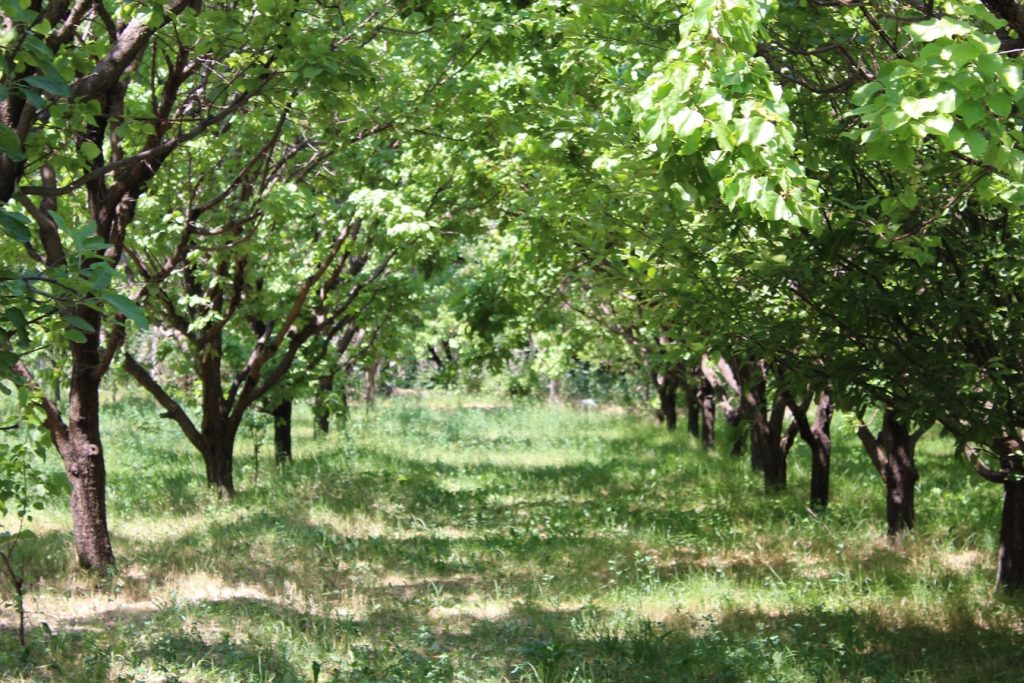
Food produced in ecosystems may be ethical and sustainable but they do not produce a profit. Therefore food forests are not at fault it is the system which doesn’t work. A system which completely relies on fossil fuels I hastened to add.
A criticism of temperate food forests is the lack of sufficient sunlight to allow for canopies of crop production. The high temperatures and abundant solar radiation of tropical regions is another story.
However author of ‘Creating a forest garden’ Martin Crawford has a different view. He explains that temperate food forests require a more open structure to allow light in. Using pyramids of vegetation you allow in more sunlight and improve access for harvesting. Such transitional vegetation types are also very bio-diverse and rich in wildlife.
Difference between food forests and permaculture
Both agrofoestry and permaculture appear to be the same thing to some however they are distinctly different. Permaculture is a design system based on replicating nature to create abundant human living environments.
Permaculture seeks to propagate permanent food systems which are self sufficient in both energy and food. This can include animal husbandry and even managed harvesting of wild fauna. Agroforestry is the establishment and management of woodlands substituting typical woodland species with edible crops.
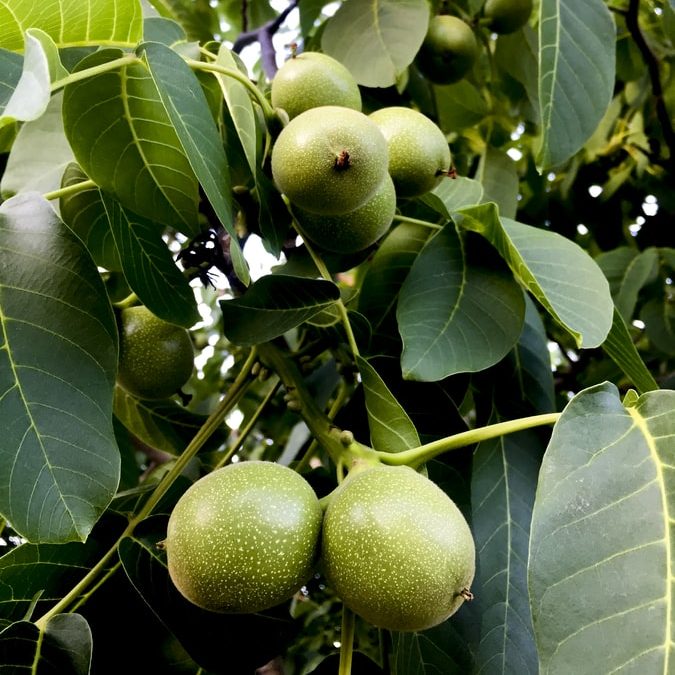
Such systems seek to replicate the low energy equilibrium of forests while utilising their vertical structure to harvest sunlight. This allows for multiple levels of crop production in less space while maximising biodiversity and ecosystems at the same time.
It is fair to say you may find food forests in permaculture but you may not find permaculture in food forests. However the two may and do overlap depending on the desired outcomes of the land manager.
Reducing atmospheric carbon with food forests
If there is one catalyst to climate change then it is the release of carbon dioxide into the atmosphere. This is mainly due to the combustion of fossil fuels for power.
This is particularly so in developing economies of the world. However it is the consumerism of richer countries which directly fuels this process. For millions of years vegetation has absorbed carbon dioxide from the air and locked it up in various ecosystems.
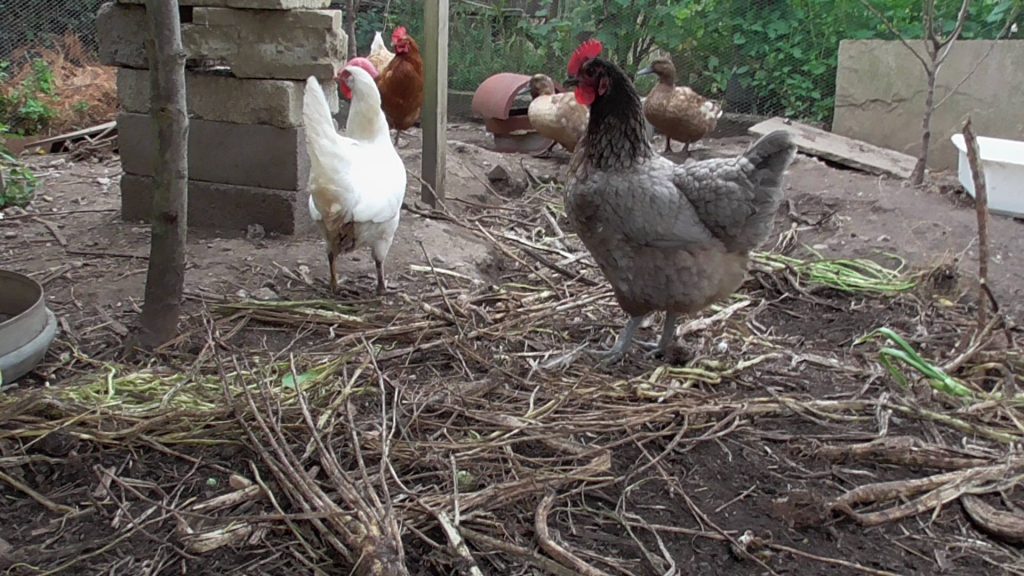
This locked up carbon within forests, soil and our oceans has become condensed and sequestered over time. Over millions of years this has led to the earth acquiring a cooler and less volatile atmosphere. However the world’s economies are undoing this at a terrifying rate. Climatic trends in temperature and measurements of atmospheric carbon make for very bleak findings.
Governments are beginning to realise the catastrophic outcomes which lie ahead. However their inability to comprehend the scale of change needed is our entire worst enemy. Such substantial changes in global temperatures will lead to crop failures, fuel poverty, hyperinflation and even civilisation collapse.
The only way to solve climate change is to start to reabsorbing carbon into new forest ecosystems. However the global competition between human populations and natural ecosystems is already very well documented.
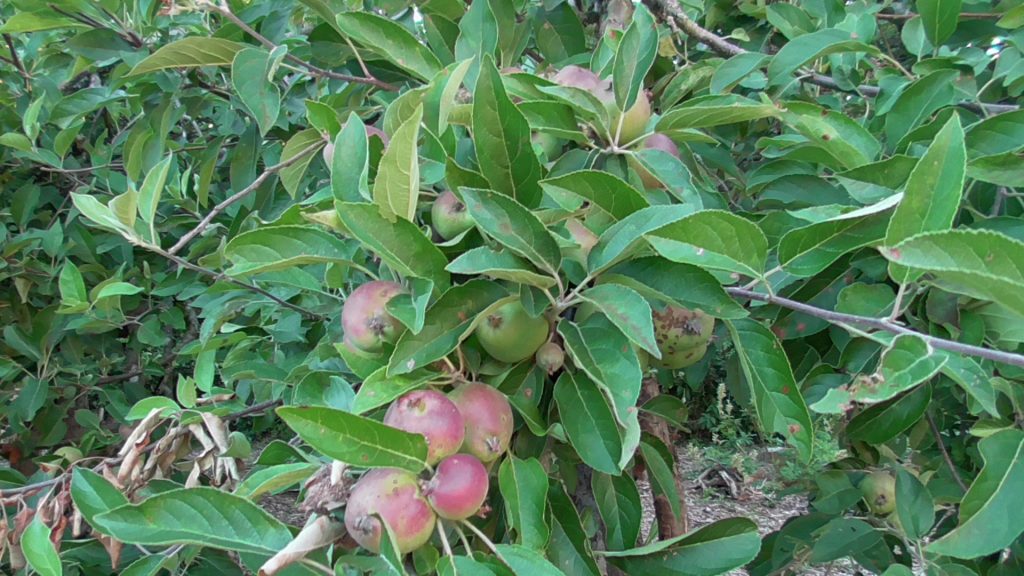
Every year millions of square hectares of forests are either cut down or burnt. The only solution relies on two things; a reduced human population and the integration of forests ecosystems and human settlements.
For most the acceptance of this reality is not in line with their expectations of reality. However in the end humans will not have a choice, nature always wins in the end and it is starting to fight back.
If humans do not start living within the rules of ecology soon we are doomed to certain extinction. Hence the integration of human settlements and food forest systems seems the only vehicle to halt climate change in any serious manner.
Fuel production in food forests
There idea of living in a temperate food forest without heating is not completely realistic. Temperate climates can have very cold winters so a fuel of some kind would be necessary. One of the most self sufficient methods of providing heating fuel is with coppice woodlands.
Coppicing is the cutting of young trees to ground level to stimulate new aggressive growth. This produces long, vertical poles which can be used as building materials and fuel.

Narrower timber burns hotter and more efficiently than larger logs. Coppicing woodlands actually makes them more attractive to wildlife and helps to boosts biodiversity.
This practice allows sunlight to reach the forest floor boosting plant communities and creating rich habitats. Managing food forests with coppice could produce a sustainable fuel source for cooking and heating requirements.
Food forests verses modern farming
Without doubt the biggest threat to global diversity and the acceleration of climate change is modern agriculture. Huge industrial farms which cultivate expansive monocultures are hugely to blame for mass deforestation.
Many will not face the reality of how unsustainable modern food production is. It is said for every 5 calories of fossil fuel energy put into farming we only receive 2 nutritional calories out.
Such mechanisation of large scale farms is too reliant on combustion engines and synthetic fertilisers. Such fertilisers are not the product of organic recycling, there are manufactured from crude oil.
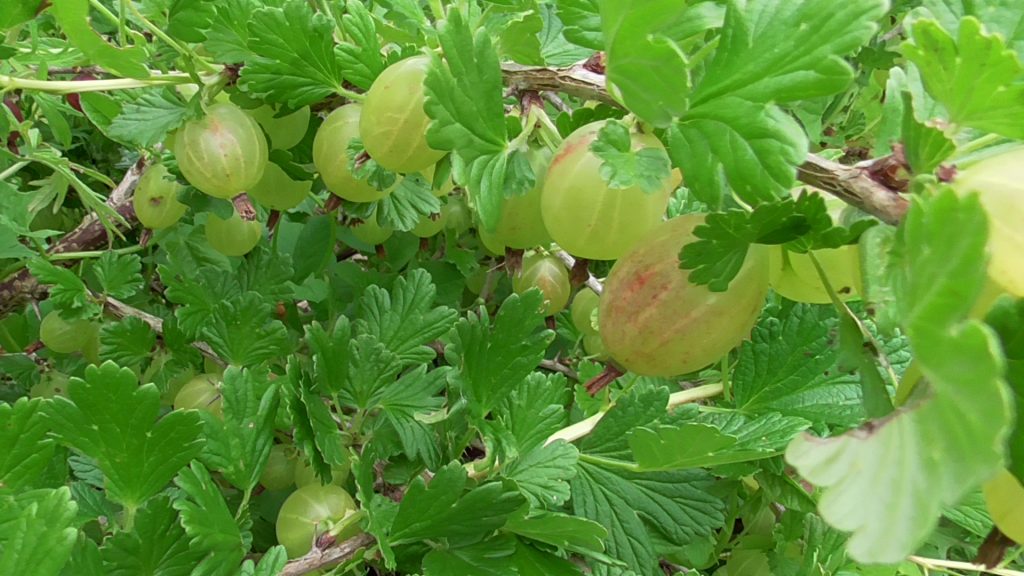
This means without fossil fuels there would not be enough fertility in the world’s farms to feed global populations. This stark reality gives some indication of just what trouble mankind has got into.
Many do not realise just how fragile our overstretched civilisation is. Some reject the idea of food forests as they ‘cannot feed the world’! However what they should be asking is what is a sustainable human population?
Or how can mankind live sustainably in ecological balance with the rest of the world’s species? Food forests are not a replacement for modern agriculture but provide people a vehicle to a sustainable future.
Promoting healthy soil
As much as modern agriculture relies on synthetic fertilisers their continuous application degrades the soil. Topsoil takes many millions of years to form made up of eroded rock particles and decomposed organic matter.
However soil is not just made up of organic and mineral elements it is also very much alive. We are only beginning to moderately understand the intricate ecosystems which exist within the soil.
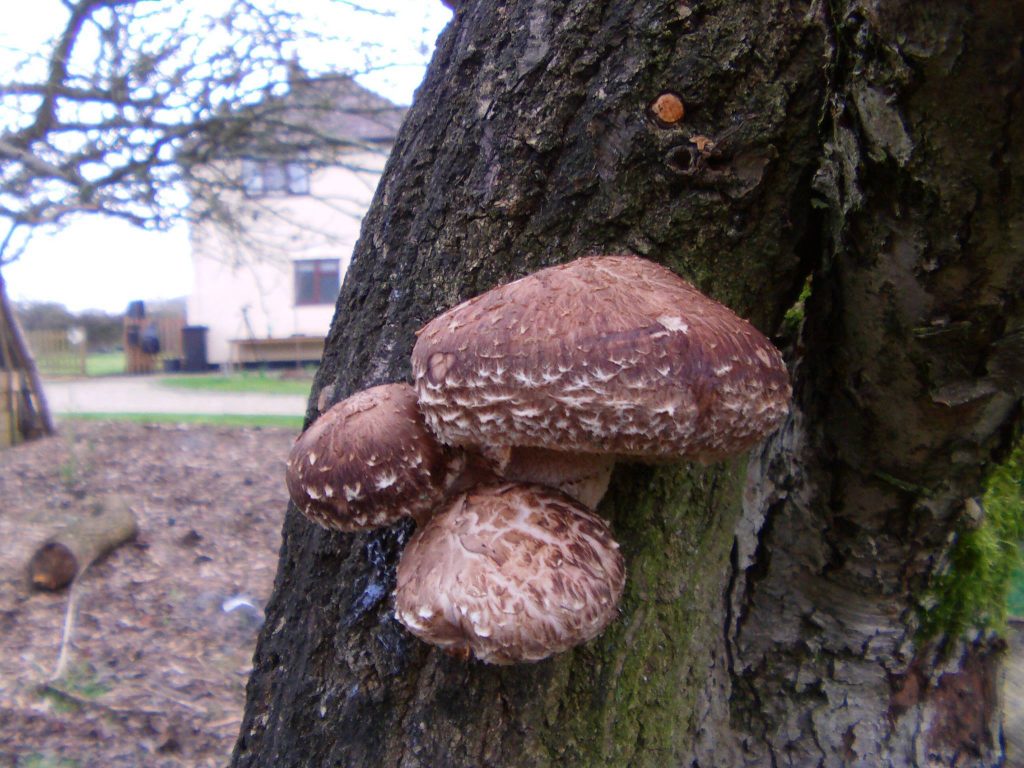
Studies have shown every time we plough the soil we release large quantities of carbon into the atmosphere. We have also discovered that exposure to sunlight kills soil organisms. Therefore every time we plough the soil we are degrading its ecology and hence its productive fertility.
Watching video footage of fields being ploughed in the 1950’s compared to today is concerning. Historically tractors would be followed by thousands of birds coming down to feed on exposed soil life.
However today this does not seem to be the case. Hence it is clear modern agriculture is seriously degrading soil ecosystems which are vital for fertility. There is growing evidence to show much of the Middle East used to fertile farmland.
Excessive ploughing is believed to have directly accelerated desertification in these regions. Therefore it is essential that humans find alternative, organic methods to both preserve and boost soil ecology.
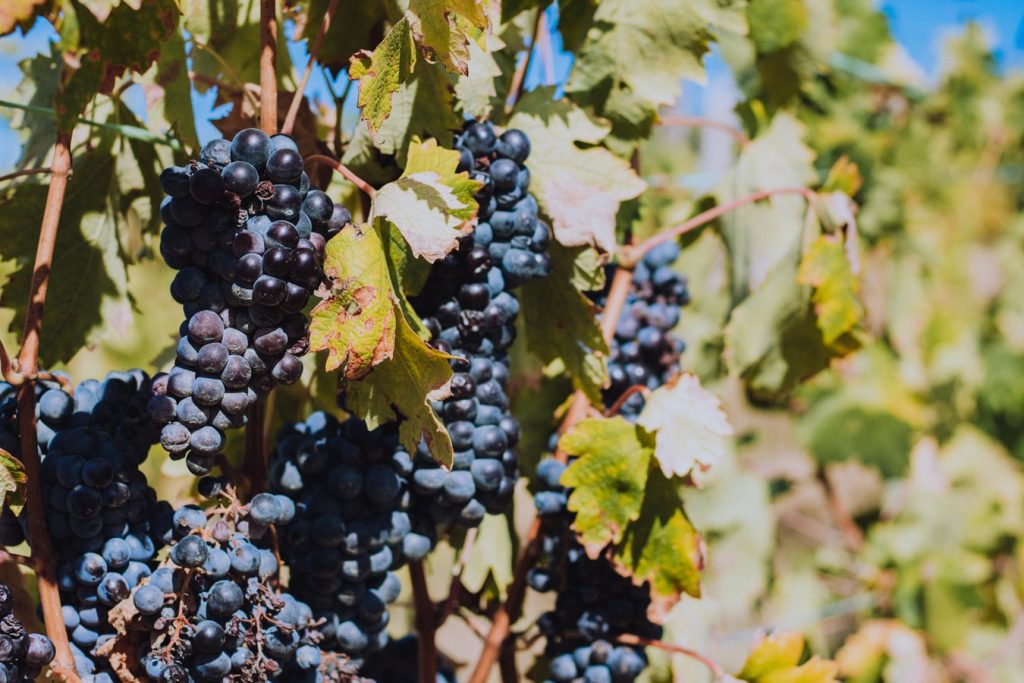
Food forests work in directly the opposite way to modern agriculture. Instead of ploughing soil and adding chemical fertilisers they rejuvenate soil ecology. By replicating a forest ecosystem you allow for natural death and decay of plants and animals.
This feeds microorganisms and helps restore the soils natural food webs. Abundant numbers of invertebrates, insects, fungi and bacteria naturally help restore the soils fertility.
This not only makes food forests productive they actually help to repair degraded soil. Intern this helps to sequester carbon dioxide and increase levels of biodiversity for future generations.
Combining wildlife habitats with food production
It hasn’t been until relatively recently that humans have understood just how important wildlife is for the environment. Up until the past 100 years people saw natural ecosystems as dark and primeval places.
Such environments were to be tamed and dominated by mankind so order could ensue! Such ideas and notions can be seen in landscape design philosophies of these eras. Straight lines accompanied perfect geometric shapes and neatly clipped hedges standing rigidly to attention.
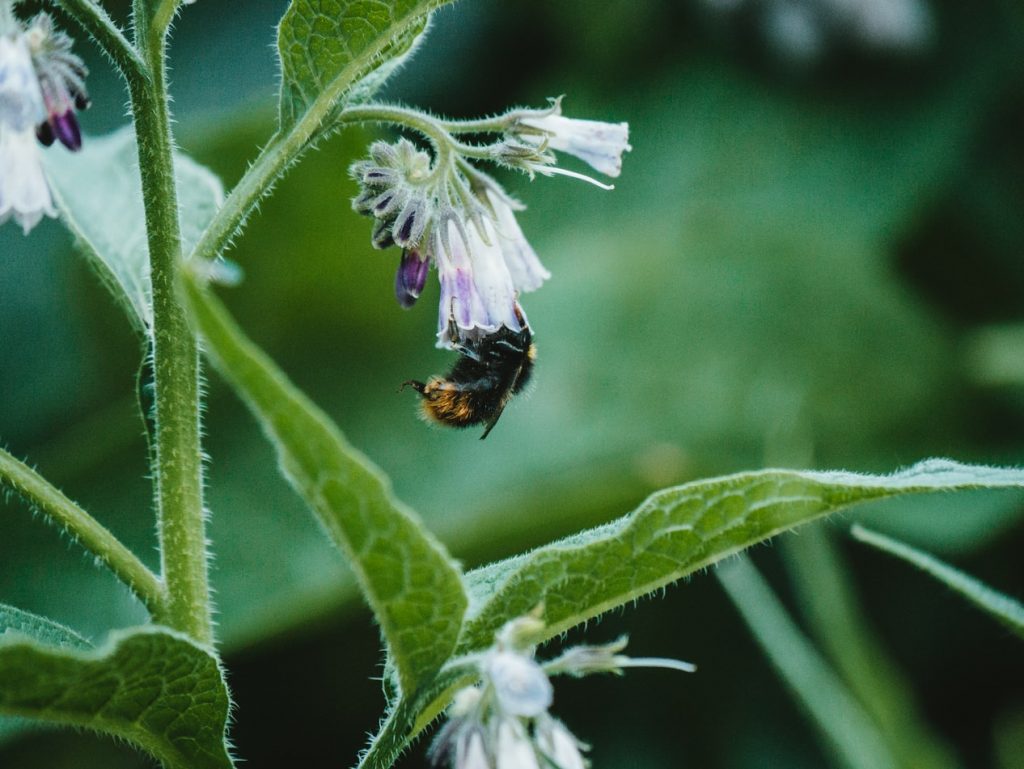
However just how these gardens required the exploitation of human labour, extensive land management required exploitation of natural resources.
Even the removal of small aquatic mammals like beavers have had a profound effect on the landscape. By felling trees next to wetlands they create intricate, vibrant plant communities and new habitats.
These habitats are exploited by specialised creatures which rely on the beaver’s presence. The creation of flooded woodlands upstream reduces flooding events downstream. Wolves keep deer populations healthy by eradicating weaker animals.
They also keep their numbers in check so woodlands can regenerate. I could go on but the fact is we are all locked up in one big ecosystem, an ecosystem where every organism has a role to play.
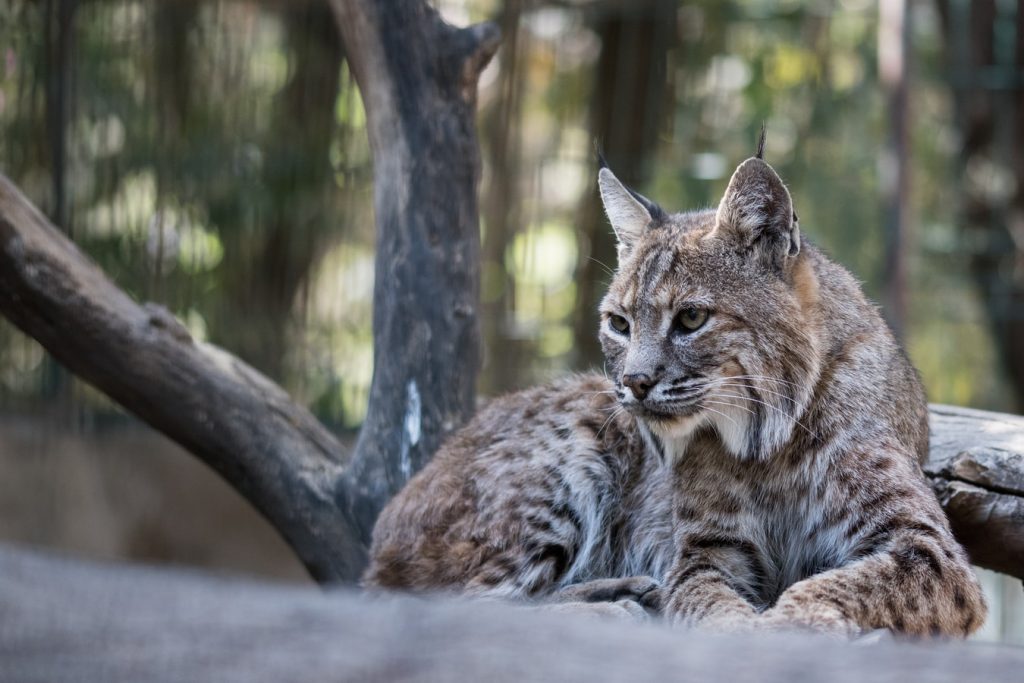
Food forests provide the opportunity to combine food production with wildlife habitats. Whereas agriculture has historically come into conflict with wildlife, there is at least a possibility both could be accommodated. Food forests lay the future foundation for both food security and ecological restoration.
How to create a food forest
How to create a food forest from scratch depends on what a particular site you are starting with. The key is to not fight against what nature is trying to achieve.
Hence if the land is naturally boggy perhaps landform can be manipulated to create wetlands. These can be used to raise fresh water fish and fresh water shrimp. The land can favour wetland loving species which provide food crops.
If you are starting with an open pasture you may want to grow a large shelter belt first. This will provide a more sheltered site to establish your fruit and nut crops. You can list the species’ you want to establish on a plan.
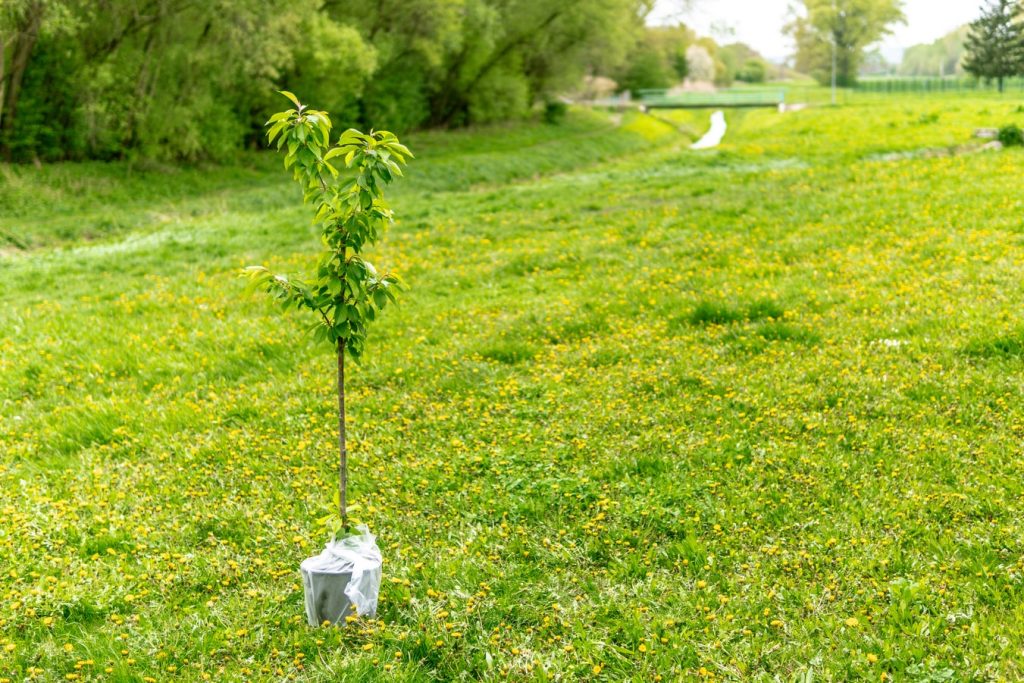
Once you have shelter in place it is best to start with your larger trees and work your way out. This is especially so if you are establishing a temperate food forest. You will try to maximise sunlight by developing pyramids of forest vegetation with an open structure.
Creating a food forest from scratch is an exciting but daunting undertaking. Covering food forest establishment is simply such a broad topic to cover in this article. For further reading on this subject however I recommend Martin Crawford’s book, ‘Creating a forest garden’.
Temperate food forest plant lists
Temperate food forests are somewhat limited in edible plant species compared to warmer climates. However many are surprised just how many edible food crops can be grown in such climates. This is especially so in Europe and the USA as temperate regions of Asia have higher levels of diversity. Martin Crawford’s book has a more extensive list of these edibles but we have listed some for you below.
Trees
- Chestnuts
- Walnuts
- Hazel nuts
- Pecan
- Almond
- Apples
- Pears
- Quinces
- Medlar
- Cherry
- Plum
- Chinese white pine
- Beech
- Oaks
- Birch
- Alder
- Linden
- Siberian pea tree
- Szechuan pepper
Shrubs
- Blackcurrant
- Redcurrant
- Gooseberry
- Strawberry tree
- Cornelian cherry
- Wine berry
- Blueberry
- Barberries
- Oregon grape
- Roses
- Elder
- Bamboo
- Plum yew
- Bladdernut
- Rosemary
- Sage
- Climbers
- Passion fruit
- Grape vine
- Chinese yam
- Mashua
- Honeysuckle
- Cold weather kiwi
Perennial vegetables
- Chinese bramble
- Ground elder
- Babingtons leek
- Egyptian onion
- Chives
- Ramsons
- Mallow
- Angelica
- Rhubarb
- Globe artichoke
- Jerusalem artichoke
- Turkish rocket
- Good king Henry
- Seakale
- Hosta
- Ostrich fern
- Sorrel
- The food forest diet
One of the things Martin Crawford touches on in his book is the food forest diet.
‘look at great apes our closet, living relatives, they know every part of their environment and probably eat over 200 types of fruit and vegetable’. Contrast that from our diets which contain only about a dozen’.
Martin Crawford: Agroforestry Uk
Martin touches on a very valuable point and goes on to explain a forest garden diet would probably lead to ‘healthier more robust people’.
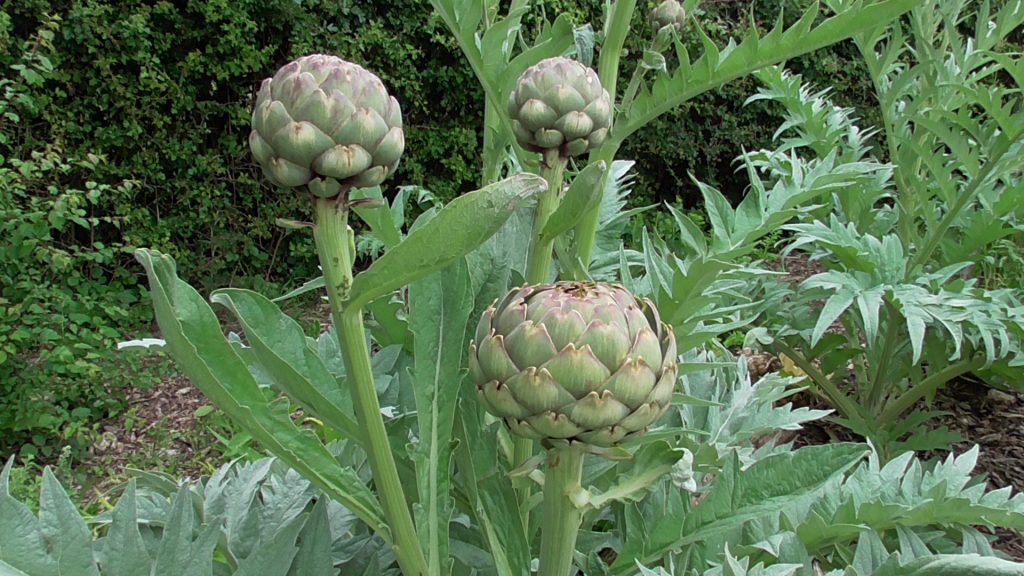
It is interesting to examine how big business has manipulated every region of our thinking. When looking at forest tribes from around the world they have a hunter, gatherer, foraging diet.
They can go for long periods of not eating and still perform athletic displays of endurance. However in developed countries we are taught we require three meals a day!
Our supermarket shelves are loaded with cheep sugars, starches and ready meals. It makes sense reducing our calories and consuming a forest based diet would be far superior for our health. It is certainly more consistent with both our ancestors and closest relatives.
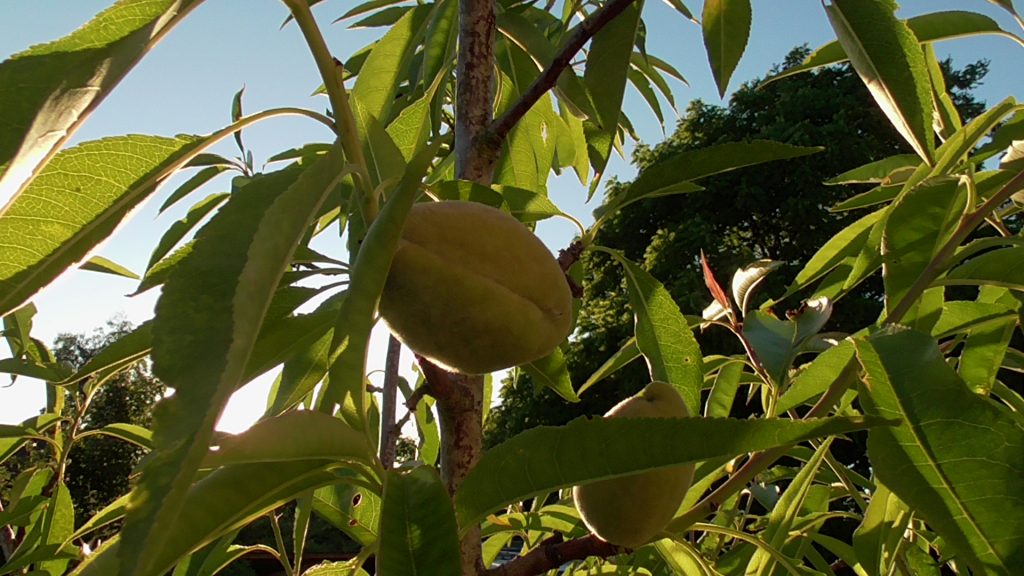
The food forest lifestyle
There is no doubt that food forests can assist humans in moving forward in a sustainable manner. There can be no illusion that ditching civilisation and returning to hunter gatherer, forest, living is unrealistic.
However I see no reason why food forests cannot be integrated into our sustainable development strategy. There is much evidence to support the theory that high density, urban environments are unhealthy. That is true for both physical and mental well being.
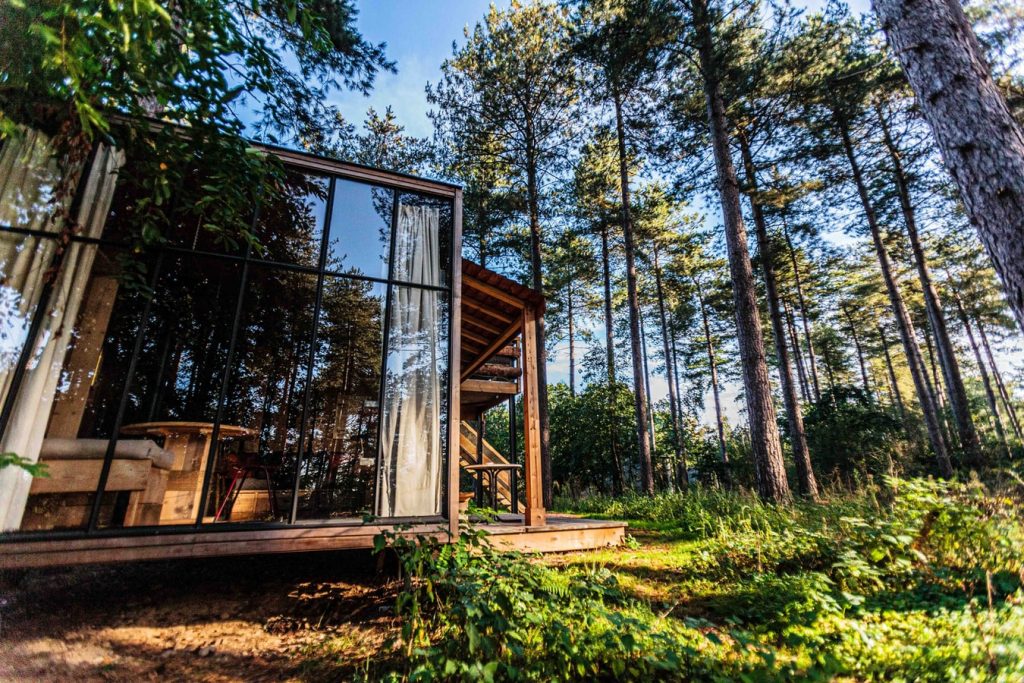
This is particularly the case in a world with rising wealth inequality and a housing crisis. I see a huge opportunity for a mass re-ruralisation of urban populations. Perhaps with good quality, low impact, ecological, homes which integrate with the landscape?
Housing could be directly subsidised by food production and ecological management. A new food forest lifestyle could become reality for those who want to live sustainably.
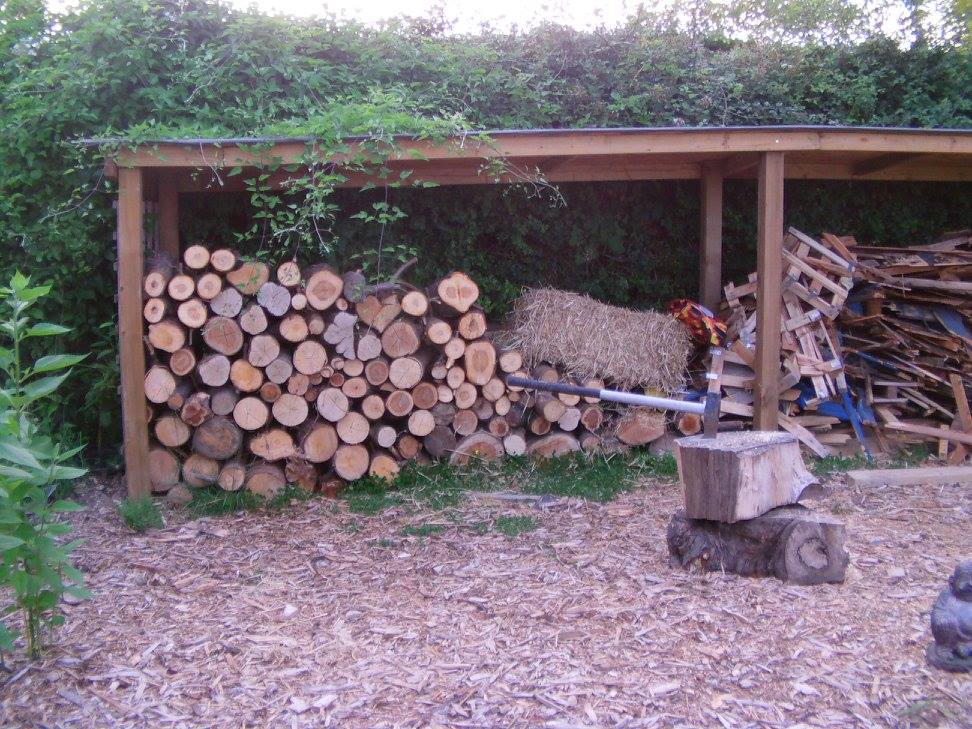
Forest living and management could provide an alternative, parallel economy and a more ethical way of life. This alternative food forest existence could help us stop climate change and start repairing the planet for good.
Thank you for reading our article on food forest in temperate climates and their potential to fight climate change. What do you think? Is it feasible?
Do you have any ideas on how we can reverse ecological destruction and climate change? We would love to hear your perspective.
Why not watch my video on temperate food forests below. If you like it why not subscribe for more updates.
Back to home
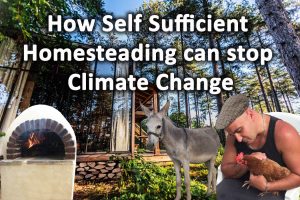
How Self Sufficiency and Homesteading can stop Climate Change
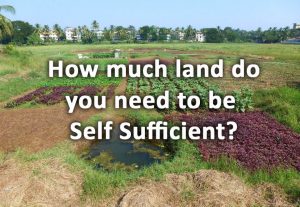
How much land do you need to be self sufficient?

Homesteading skills, for Self Sufficiency
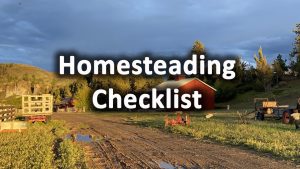
Homesteading Checklist for self sufficiency

A beginner’s guide to self sufficiency & its benefits
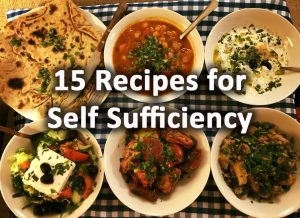
15 recipes for self sufficiency
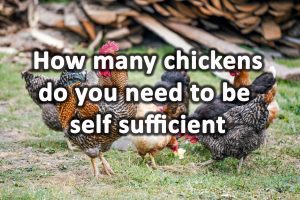
How many chickens do you need to be self sufficient?

27 foods you can forage for free near your home
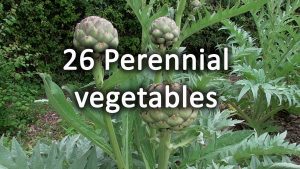
26 Perennial vegetables for the garden

Self sufficient homes

31 Homesteading projects

15 Ways to Store Food without Electricity
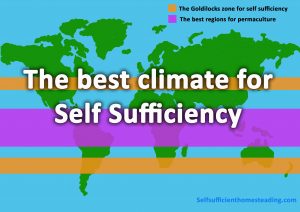
The best Climate for self sufficiency
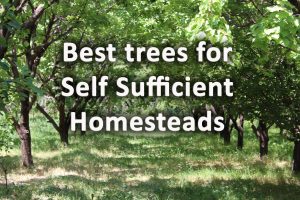
The most useful 22 Trees for a self sufficiency & homesteading
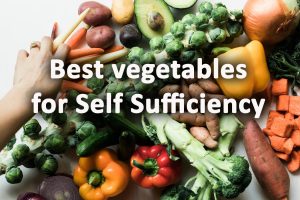
31 Vegetables for self sufficiency
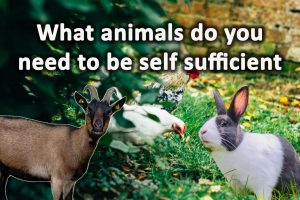
What animals do you need to be self sufficient?
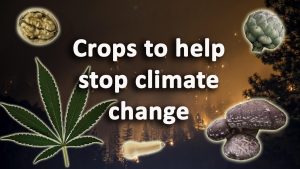
How to stop Climate Change with Crops – Crops for climate change
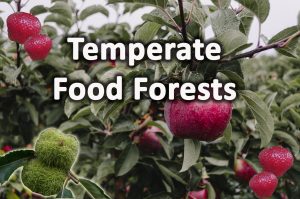
Temperate Food forests
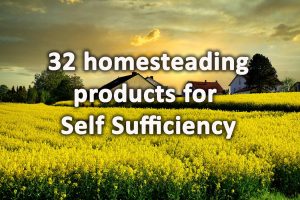
32 Homesteading products for self sufficiency
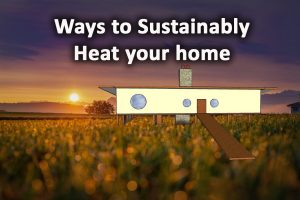
10 Ways to Sustainably Heat Your Home

10 Ways self sufficient homesteading can be good for your health
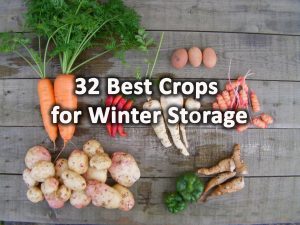
32 Best Crops for Winter Storage
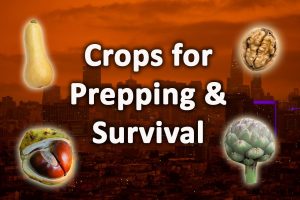
34 crops for prepping and survival
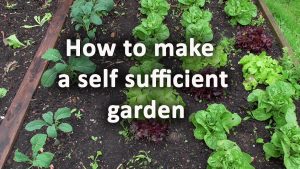
How to make a self sufficient garden
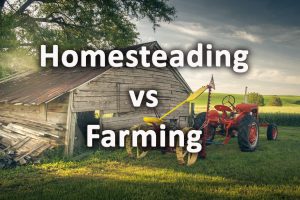
Homesteading verses farming what’s the difference?
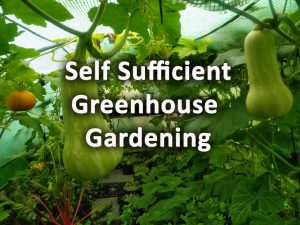
Self sufficient greenhouse gardening
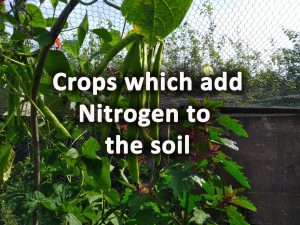
12 Crops which add nitrogen to the soil
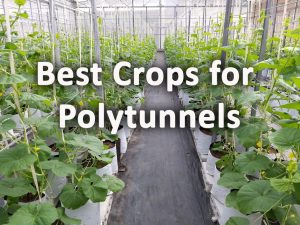
32 of the best crops for Polytunnels
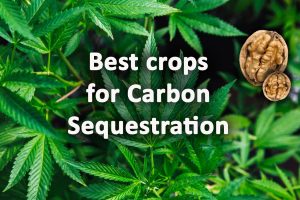
12 Best Crops for Carbon Sequestration
